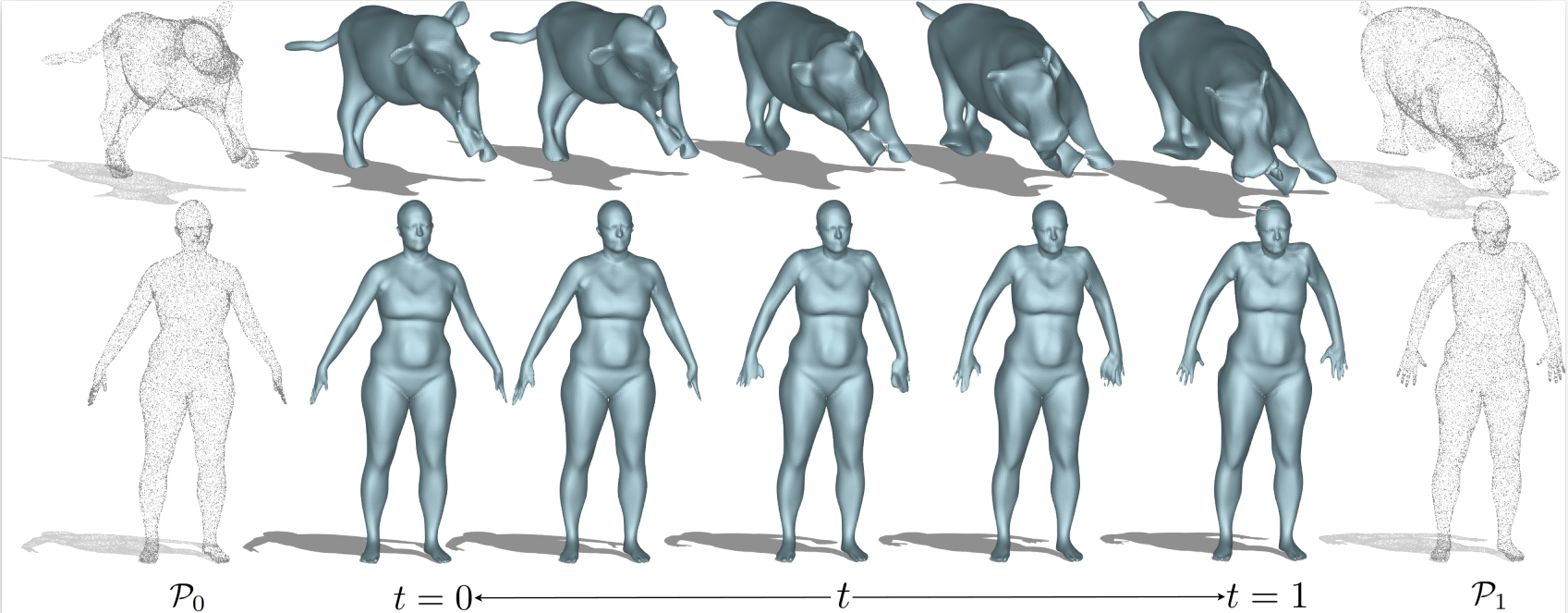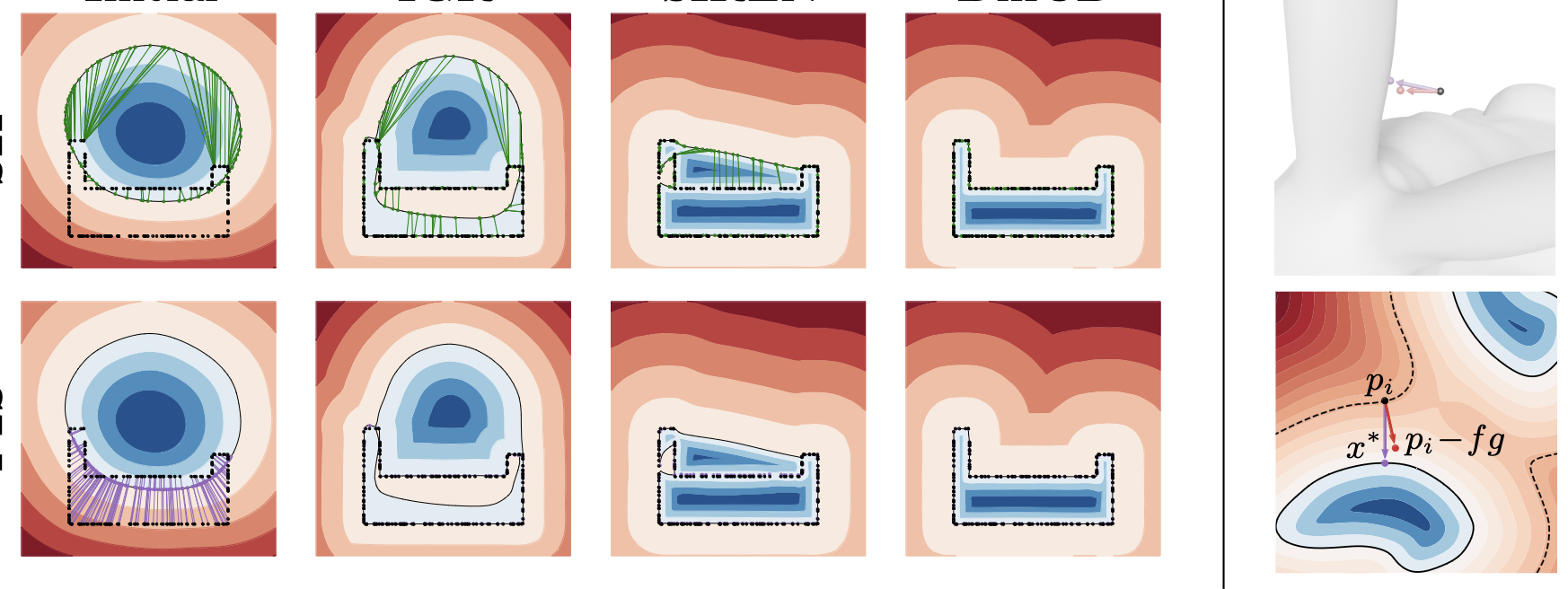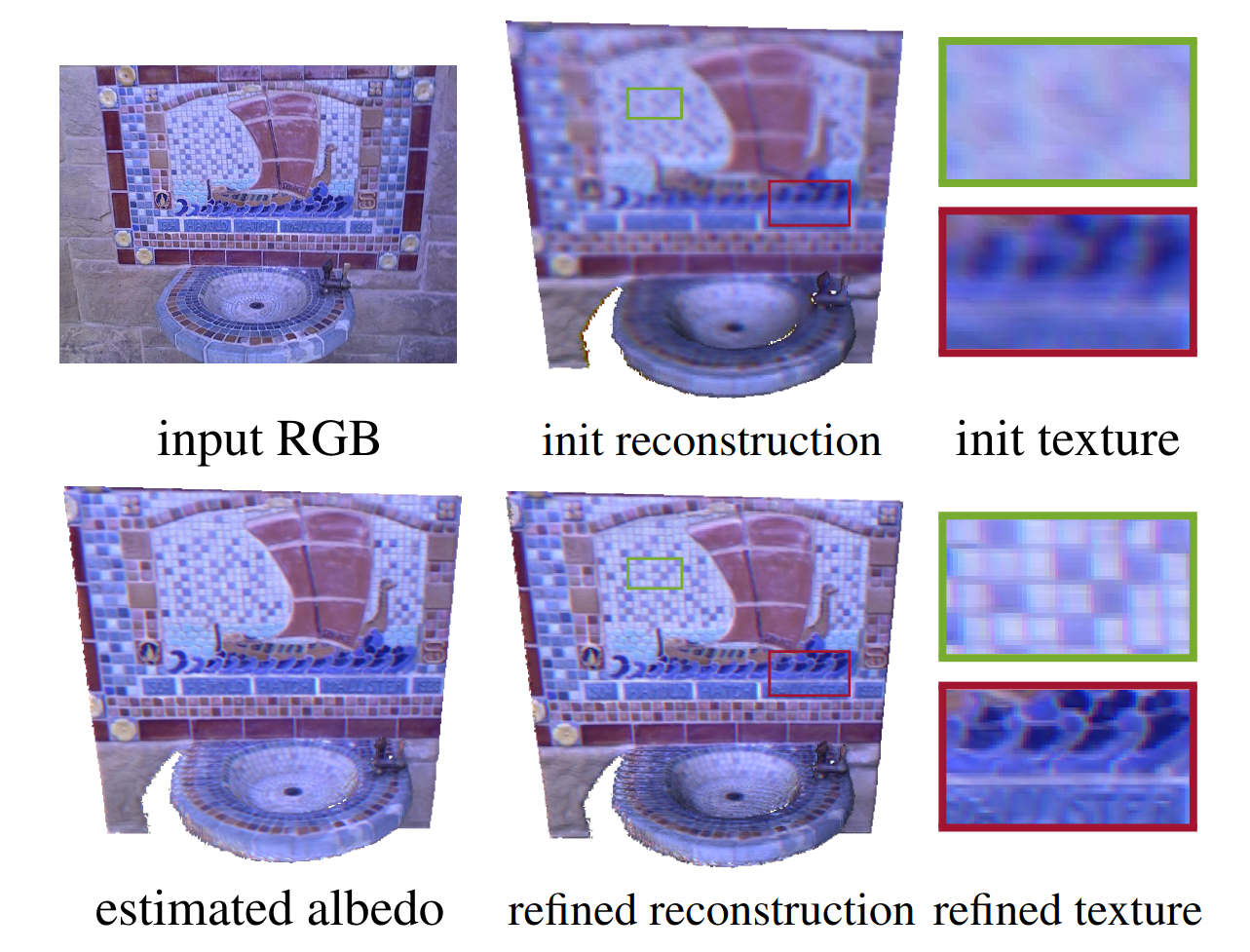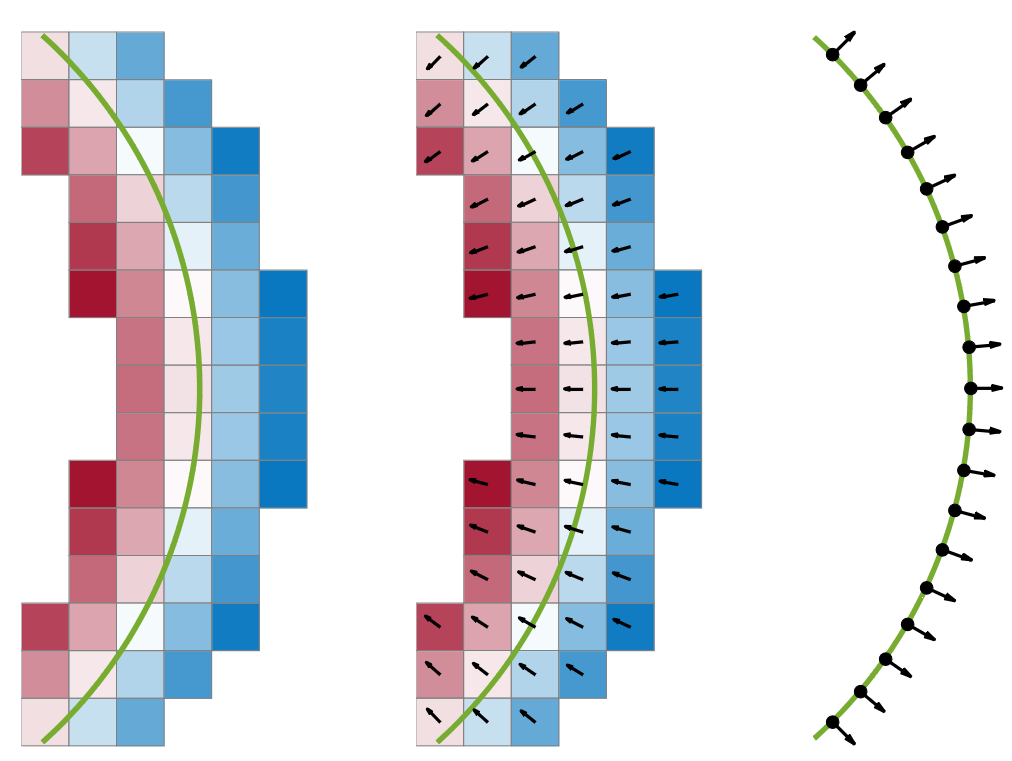Lu Sang
PhD student at the Technical University of Munich

“In mathematics, you don’t understand things. You just get used to them.” -John von Neumann
I am a PhD student at the Computer Vision Group at TU Munich under the guidance of Prof. Cremers. Before that, I received Master degree in Mathematics from TU Munich and Bachelor degree in applied mathematics from Tongji University.
I am passionate about applying elegant mathematical theories to address practical, real-world challenges during my research. My research interests include 3D geometry representation, photometric stereo and BRDF modeling, 3D & 4D reconstruction.
🆕 News
| Apr 17, 2025 | Our new project TwoSquared:4D Reconstruction from 2D Image Pairs is online. |
|---|---|
| Feb 28, 2025 | One paper accepted at CVPR 2025! |
| Jan 23, 2025 | One paper accepted at ICLR 2025! |
| Oct 01, 2024 | 1 paper and 2 workshop paper are accepted by ECCV 2024! |
| Aug 15, 2024 | Two paper from my students are accepted in GCPR 2024! |





